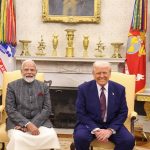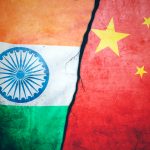India has been identified by World Energy Council Chairman Adnan Amin as having substantial potential to become a key player in the global supply chain for rare earth elements, provided it focuses on building up processing and refining capabilities. Amin pointed out that although these minerals
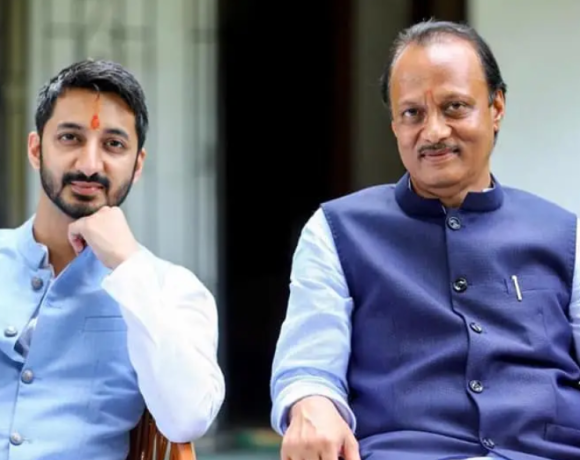
A major controversy has erupted in Maharashtra over the sale of around 40 acres of government-controlled “Mahar Vatan” land in the Mundhwa area of Pune. The land was transferred to a company named Amadea Enterprises LLP for about ₹300 crore, although its market value is estimated at roughly ₹1,800 crore. What has triggered political uproar […]
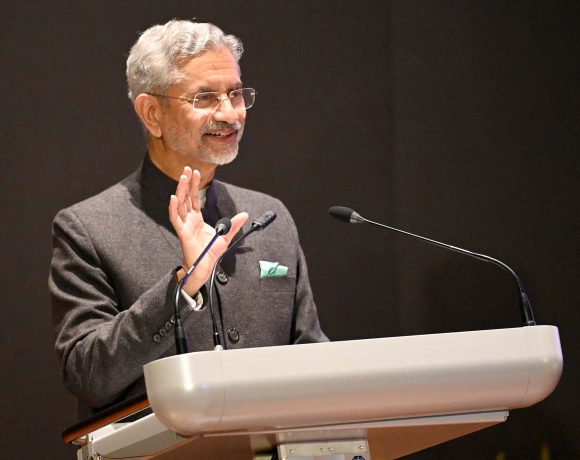
India has begun repatriating its nationals who were trapped in cybercrime centres in neighbouring Myanmar, following a military raid on the sprawling hub. The first group of 270 Indians, many of whom had fled the centre to Thailand, was flown back on special flights coordinated by India’s diplomatic missions. The raid in question targeted the […]

In October 2025, India’s vehicle retail market reached a record-breaking level, with total registrations rising by about 40.5 percent year-on-year to nearly 4.02 million units. The Federation of Automobile Dealers Associations (FADA) reported that the surge was led by robust demand across two-wheelers and passenger vehicles, making it the strongest October performance in

The images from Mumbai this past week looked more like a civil rights uprising than a routine protest. Young men were dancing atop BEST buses, some were bathing on the city’s roads, while others casually walked into Westside stores and Burger King outlets near the Taj Hotel. For a city that already suffers from broken […]
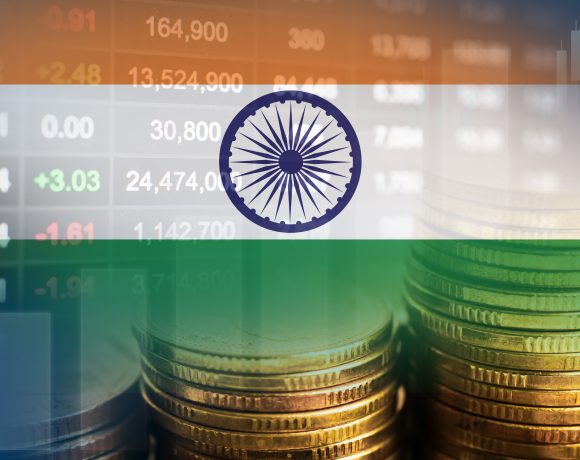
India’s economic activity is projected to nearly triple over the next decade, with gross value added (GVA) expected to surge from approximately $3.39 trillion in 2023 to $9.82 trillion by 2035. A report by PwC India, titled Navigating the Value Shift, highlights a transformative shift from traditional sector-based businesses to domain-led models aligned with core human and

The Indian Air Force is evaluating the acquisition of Israel Aerospace Industries’ advanced Air‑LORA ballistic missile to significantly enhance its long-range strike capabilities. The Air‑LORA, an air‑launched variant of the LORA missile, offers a range of up to 400 km with precision guidance, enabling deep‑strike potential against heavily defended targets without exposing
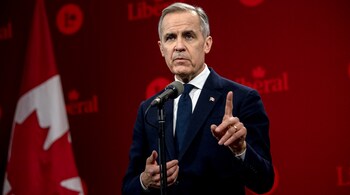
On June 23, 2025, Canadian Prime Minister Mark Carney paid tribute to the victims of the Air India Flight 182 bombing, which remains the deadliest terrorist attack in Canadian history. In a solemn post shared at 1:22 AM, Carney remembered the 268 Canadian citizens who lost their lives in the 1985 bombing and reaffirmed the […]
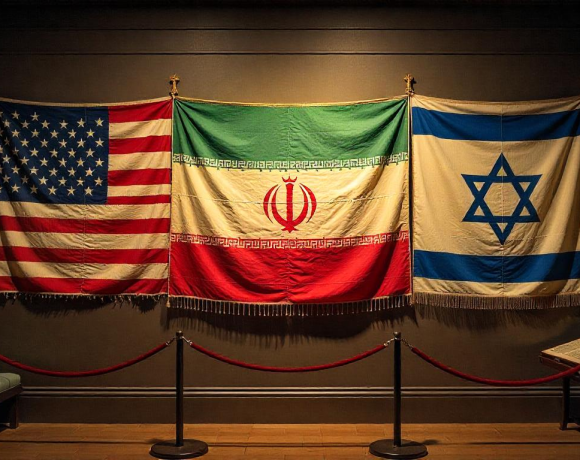
U.S. President Donald Trump announced on social media that Israel and Iran have agreed to a “complete and total ceasefire,” set to begin within the next six hours. According to Trump, the agreement includes two consecutive 12-hour ceasefire windows. If the truce holds, the war—now entering its third week—will be officially declared over after 24 […]
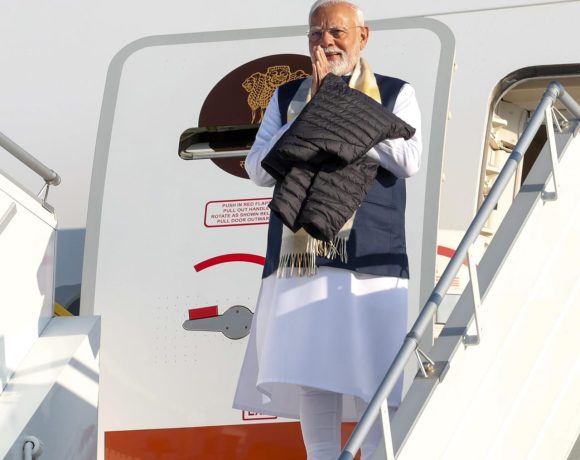
Modi attends G7 summit in Canada amid Iran‑Israel tensions, emphasizing energy, tech, and bilateral reset with Canada as global crises dominate the agenda.





